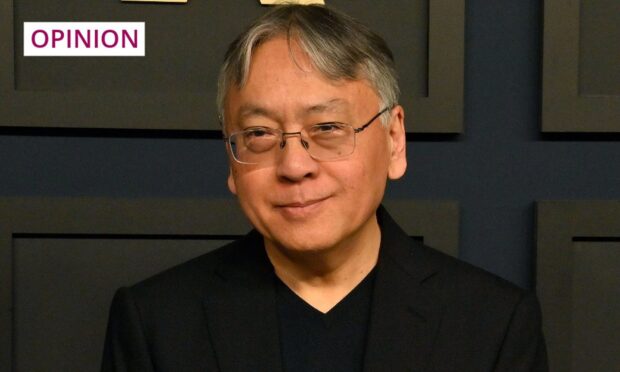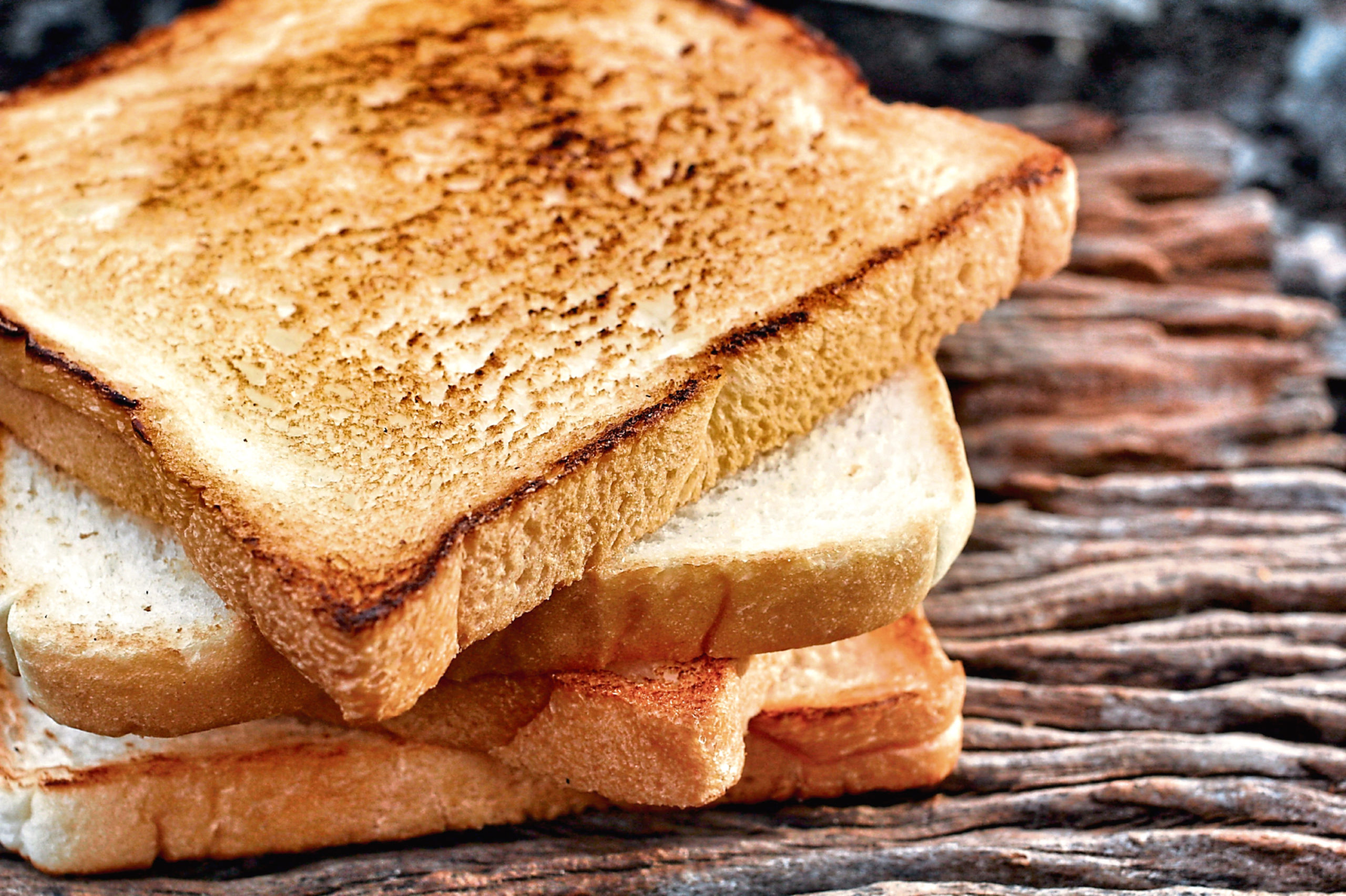I recently wrote an English-language novel titled Electricity which – thankfully – people seem to like.
I made it all up – not that bit, but everything in the book, because that’s what fiction is. A story. So, I made up the storyline, the characters, their thoughts and ideas, what they say and what happens to them. That’s what fiction does.
I mention it because I tuned into a talk recently from the great Nobel laureate Kazuo Ishiguro, which I enjoyed very much. He was Zooming, as we all are these days, from his living room, and it was refreshing to hear him. He used no grand literary terms, didn’t refer to any isms and was natural, engaging and funny. He’s married to a woman from Argyll, so that helps!
Three particular things he said have remained with me and given me food for thought. Basically, he thinks all writers (all human beings?) just tell the same story again and again and again. And again. All they do is change the characters and the setting. And every time he finishes a novel, he thinks: “That’s almost what I wanted to say. But not quite.” So, off we go again…
The second thing he said was that, though he was born in Japan, he moved with his family to Guildford in Surrey when he was five, and was brought up in England. Japan was a mostly-imagined country for him, and his first three novels were set in that barely-remembered land. They were all critically dismissed as dealing with “Japanese themes”, he said.
So, he deliberately included in his next novel (The Remains of the Day) the most English character – a butler in a posh English country house – but wrote it with exactly the same themes as his first three novels. And, suddenly, because the fiction was set in England, the themes were praised by critics as “universal”. Strange that, eh?
Is a novel any different to fake news?
The third thing he said was perhaps the most interesting and challenging. Because everything he writes is “made up”, he wonders whether that is in any way different to the things that others make up – Donald Trump and his followers, for example, or his populist imitators over here. Is literary fake news (with all its powers) any different really from political or any other fake news (with all their powers)?
It’s not that politics matters more than literature. The fiction at the heart of literature shapes our world every bit as much as the fictions at the heart of politics: The Great Gatsby and Sunset Song have shaped Scotland as much as (more than) any first minister. Somhairle MacGill-Eain still shapes the Gàidhealtachd more than Comhairle na Gàidhealtachd.
The older I get, the more I realise that everything is made up. Money, for instance. I realise that if I’m going to the local Co-op for a loaf of bread, I need to pay for it. And that money, in that sense, has real exchange value. But where does it come from in the first place?
Without diving deep into Marx’s labour theory of value or John Maynard Keynes’s aggregate demand, here’s a simpleton’s guide to it (which may partially explain why I am poorer now than I was decades ago).
There is always money for friends in high places and war
I quite like reading Richard Murphy, who blogs under Funding the Future. Mr Murphy is a professor of accounting at Sheffield University Management School, and a chartered accountant, so probably knows that two plus two usually makes four. Here’s what he says:
“Let’s start at the very beginning. A person goes into a bank and asks for a £1,000 loan. The bank checks them out, and agrees. And that is all that it takes to create new money.
“Money is just a promise to pay. That simple exchange of promises is all it takes to create it. Two promises. Two accounts. And as a result we get new money. That is how all money is created. It is as simple as that.
Once upon a not-so-long-ago time, the idea of earning £1,000 of interest a year was a fantasy for most people. This year, millions might do so, and that creates a tax liability. How many people know about the risk that creates for them? And it's £500 for higher rate…
— Richard Murphy (@RichardJMurphy) October 23, 2023
“There is no one else’s money involved in this process. The bank does not lend out the money saved with them. And there are no notes and coin moved from one pile to another pile to back this all up either. There are just two promises. And then there is new money.”
And he’s not the only one to question the falsity of comparing the state’s sporran to yours and mine. They are two completely different things, as the economist Professor Mariana Mazzucato also argues.
For, when we borrow money, we borrow it from someone. When the government borrows money, it borrows from itself. Its own magic money tree, as it were: look how money is always available when it comes to handing it out to their friends, or for waging war.
It’s all made up, as Donald John the half-Leòdhasach said all along!
Angus Peter Campbell is an award-winning writer and actor from Uist


Conversation